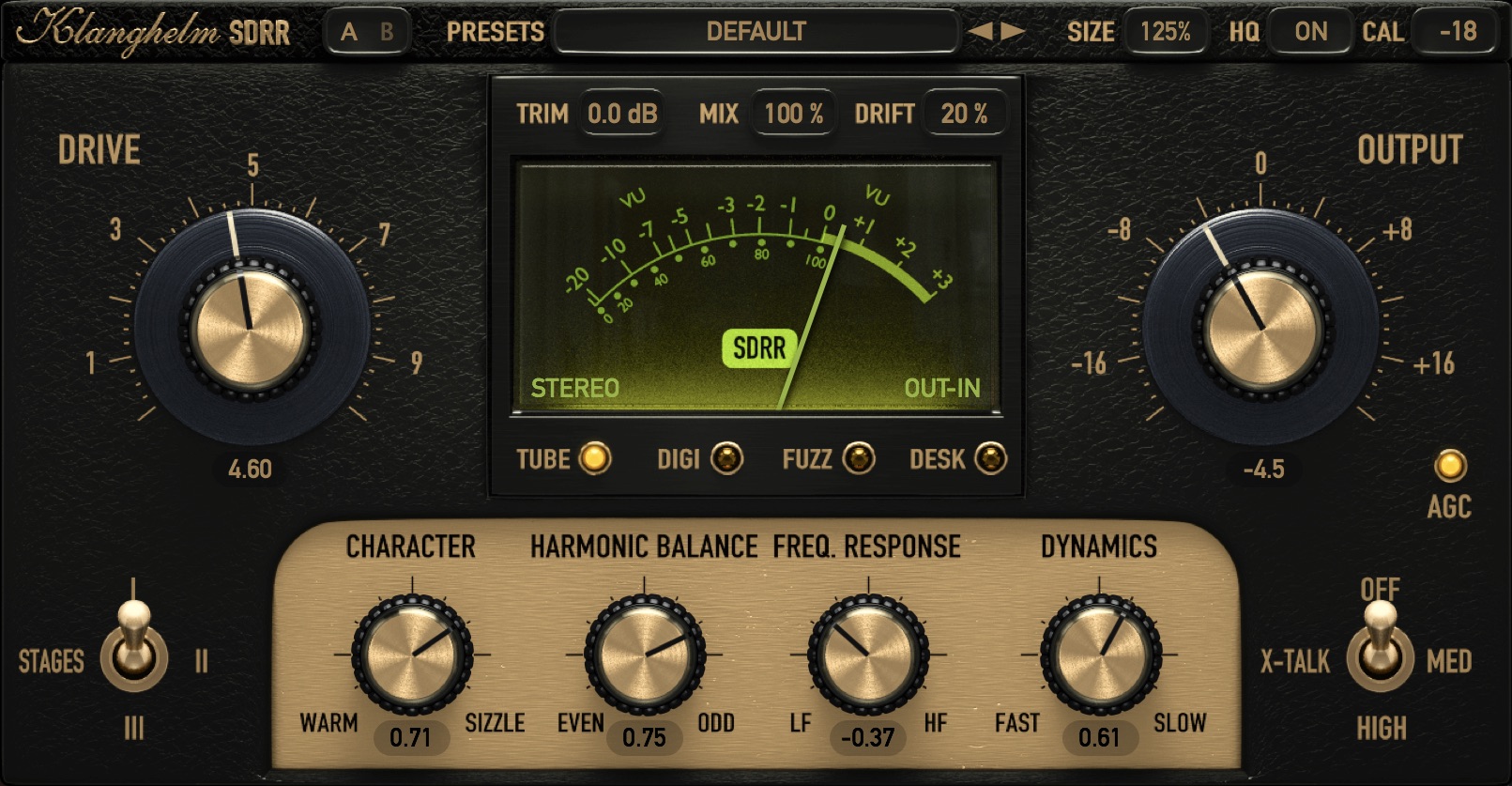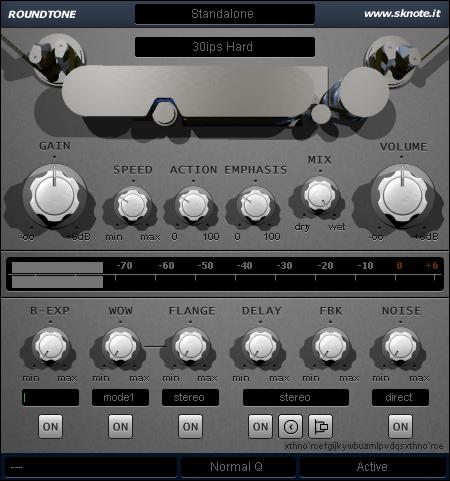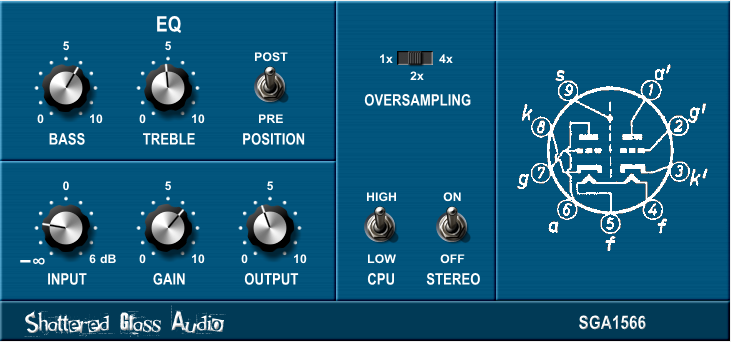I was recently checking for some stuff online and came across this question; “Hey guys, I have trouble deciding among … wavesNLS or FabFilter Saturn or Soundtoys decapitator? And I realized just how important saturation is to audio fans.
[elementor-template id=”10549″]
Unfortunately, very few people know about them. However, I was impressed with some of the answers I saw.
One says, “I used three different types of saturation plugins subtly on almost all of my tracks except vocals where I may use none. I usually go console/tape or multiband.”
For a beginner, some of these terms may sound overwhelming. And they carry a wide collection of saturation solutions.
Hence, this guide and review should be a good place to start. I am going to share a list of several plugins I have used in the past so you can choose for yourself.
What is saturation
Before we get into the reviews, it is important to understand what saturation means and how it can be used to improve your audio. Saturation is among the most misunderstood mixing plugins. Also, not many people use it, yet it adds warmth, punch, and depth to your mix, and can offer high-quality sounds for drum machines.
I have dealt with many music producers, and they all have come across saturation and distortion in their work. It is all about creating the best sounds by applying available technologies.
Distorted sounds in guitars are all too common to us. But, how about using saturation, the same way you do anything else on your laptop at home? Or making your music sound as it came from a professional studio?
Mixing up your audio using saturation features creates the difference between a thin, tinny, digital-sound mix and a full-flat, warm, and natural mix.
Some people may think this is very hard, looking at all the dos involved. But it is not.
Saturation is a term used in the audio world to mean emulating the audio passing through analog hardware by adding harmonic distortion. It changes the way your audio sounds, creating some impact and meaning on the audio’s general output.
In other words, saturation boosts the frequencies that exist within the sound. Think of the saturation settings of your TV. It makes the colors more intense and vivid, perhaps creating a more realistic scene.
A saturation plugin plays the same role as your audio equipment.
Is using saturation in your mixes good?
I have already mentioned that audio producers need to make their music as good as possible. Even though some don’t use saturation, the idea that people have to love what they are listening to makes a lot of sense.
If you don’t want your music to just sound in the “digital world” and instead give it a warm analog with more depth and character, saturation is the answer. The digital sound is wonderful, of course, but there is something about the analog sounds that make it incredibly cool.
You may have often noticed that your music sounds thin, weak, or even “cheap. In this case, you may need to try out some high saturation, and it may get better.
Another definition is involving the creation of harmonics and the application of soft-clipping compression. It is said to be the essence that makes analog hardware produce incredibly pleasing sounds in music.
The audio world has used tape, tubes, transistors, and circuits as sound channels for a very long time. They have been an essential ingredient in producing high-end mixes.
The effect from the analog days came when audio recordings passed through various parts of hardware. Later, it was discovered that this approach could overload magnetic tape machines, tubes, amps, and transistor-based preamplifiers. In this case, sound engineers uncovered saturation and “soft-clapping” effects that came out. The method worked well in improving sound quality and the general output of mixes.
Today, sound engineers and other audio industry players use harmonic generation to include presence, character, warmth, edge, cohesion, and other many effects to digital sounds. By elevation sounds to what can be termed as ‘weak’ to an extreme, saturation has become the perfect solution for modern musicians.
Types of Saturation
Many studios have analog equipment they can use to create the effects described above. Nevertheless, the music industry’s development and the technology therein compels us to embrace the digital realm.
Consumer demands keep changing and increasing even as there is no time to take creating sounds from these devices.
Plugin emulation gives the same beautiful sound as this hardware. They are easy to use and don’t require any stressful maintenance procedures. And the best part is, they don’t come with a high price tag.
There are three main types of saturation plugins. Each of them has features and operations that mimic analog hardware. They include:
- Tape saturation
- Tube saturation
- Transistors saturation
Even though we can say these plugins all offer the same function, there are certain aspects that set each apart. Let’s look at them carefully.
What is tape saturation?
Nowadays, digital music has become the new normal. As such, we record music straight to computers. It is easy and faster for this.
However, there are some of us who still find pleasure in using tape machines. Tape saturation plugins emulate the audio’s sound as though coming from these machines, even when you use a computer.
You may be wondering why anyone would want to do that.
Well, understand that these plugins bring in what we call “odd-order harmonics.” There is not much about odd and even harmonics, so it should not give you a lot of worries. All you need to know for not is that odd harmonic creates subtle compression and some, irregular changes in the frequency response, The high-end frequencies tend to roll off a bit as the lows are boosted a little too.
It is easy to describe tape saturation as very subtle. But experts describe it as punchy and warm sounding, which adds some meat and depth to your mix.
What is tube saturation?
Tube amplifiers are among the best amps today. And tube saturation is used to imitate the audio that comes through them.
This is where you get the “even order” in harmonics. Just a reminder, do not worry about terms very much.
Tube saturation seems to add a subtle touch by way of compression. But you need to be careful, though, because it gives out an aggressive age when pushed hard.
This type of saturation is often viewed as warm, musical, and punchy. It can amplify the perceived loudness, dimension, and fatness.
What is transistor saturation?
Well, we all know about audio passing through transistor circuitry. This is one of the most popular audios for many of us, and we love it because of the punch.
Suppose you want to get that feeling, transistor saturation plugins if the solution. It gives out that “hard-clipping” kind of compressive that tends to get aggressive when pushed to the edge. Imagine what would happen if you pushed the levels too high in your DAWs.
This plugin is more useful in creative sound use. For example, you can use it to make a guitar or vocal fuzzy or gritty. For mixing purposes, or would need to be a little more delicate on the settings, which creates a smoother tone. You want your audio to sound natural, hence pushing the setting too hard may not be the best approach.
How do you use saturation?
Now that you know what saturation is, you may want to know when, where, and how to use it.
The good news is, you don’t need to read on any special set of rules to get your way around the plugins. However, we know that the move gets smaller the further along the chain you follow, as the case with all audio processing.
Each one of use has its own test concerning audio quality. What saturation I use, or how I use it depends on what I want to achieve. For instance, I try very hard to avoid using EQ after adding a saturation plugin. This could help me pass through boosted frequencies.
The individual elements tend to amplify your saturation moves more than the buss you send them to. Yet, they remain smaller on the master channel ( that is if you are mastering yourself.
In short, the further you extend along the processing chain, the less likely you are going to need. That is just how growth looks like in audio production.
Consider the following examples:
- Synths. Soft-synth sounds incredible, but too much of it may sound too flat, thin, or dull as if they were created on a computer. You can use saturation to add some warmth. For instance, tube saturation can enhance harmonic while adding a little grit. This method boosts the perceived loudness and brings your synths more to the front in the mix.
- Drums. You can apply saturation on the drum buss’ individual drum sounds (which is more common). In this case, tape saturation tends to glue your drums together with light compressed and experiment with other saturation methods. This was, it brings in more ‘fatness,’ a high-end excitement and punch that makes them more pronounced.
- Bass. If you are looking to fatten up your low-end sounds, the bass’s saturation serves a great purpose. This way, you get your bass line to react even on low-quality speaks while avoiding too much bass.
- Vocals and guitars. You will love saturation on vocals. It is a great way of bringing in the warmth, body, or weight, in the vocals by applying soft saturation. Also, saturation can be used to softly compress and tame any world transient. This can warm up harsh-sounding vocals too. You can use the same approach to enhance guitars.
- Busses. We saw earlier that you would most likely need less saturation the further you grow in your processing. Nevertheless, busses will sound incredible. For instance, it can help ‘gel’ the vocal buss on different tracks, bringing them together. You can also use the same, as mentioned above, to glue the drums together. Some users tend to love saturation VERY subtly on the master buss, to bring in more cohesion, perceived loudness and analog warmth. You can use tape saturation.
Think again about what it sounds from no saturation to applying everything in on the list. Well, you will notice a huge difference in quality. And I hope it is for the best quality.
Top 10 Saturation Plugins reviewed for [currentyear]
Now that you know what saturation is, how and where to use it, what are the best saturation plugins. Well, don’t worry, I am here to share some of the plugins I have used and the ones I know you will love.
1. Sound toys/decapitator
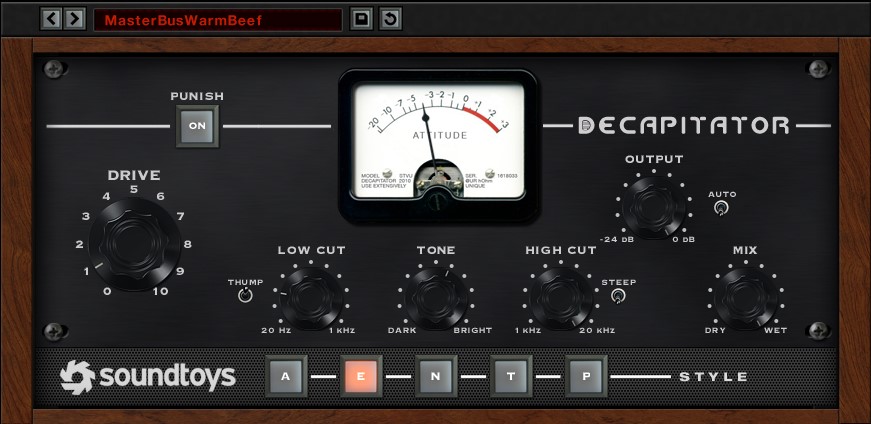
[elementor-template id=”10114″]
This saturation plugin lets the user infuse their tracks with the natural vibe of analog hardware. Decapitator features five analog saturation models that will give more character to each sound that passes through.
It is on top of this list because it includes a tone control that lets you shape the saturated sound. A mix control is useful for parallel processing, while the Punish button allows you to push your saturation to the highest levels.
Its design will capture the feel and output of analog features. The subtle changes come out clearly when it reacts to the incoming signal, just like what you get in real hardware.
2. PSP Vintage Warmer 2
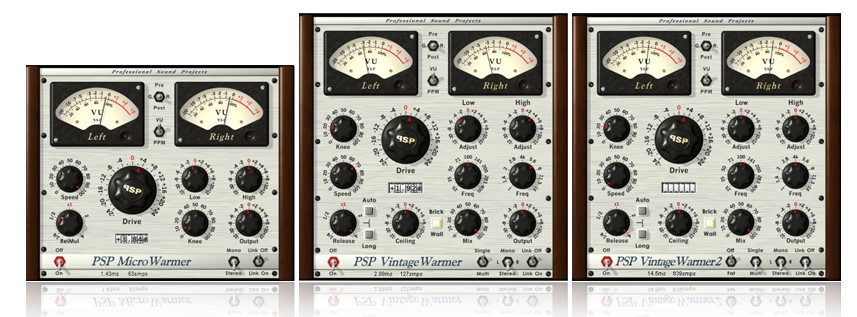
[elementor-template id=”10117″]
This could be the best saturation plugin you will ever need. It is intended for professional use, which makes it a very useful application. It comes with a full range of options and will give you a perfect sound no matter how you use it.
Well, it is a bit older, though. But this does not stop it from working perfectly with you DAW. It also supports nearly all formats. Besides, constant updates mean there is nothing you will miss.
3. SoftubeSaturation Knob
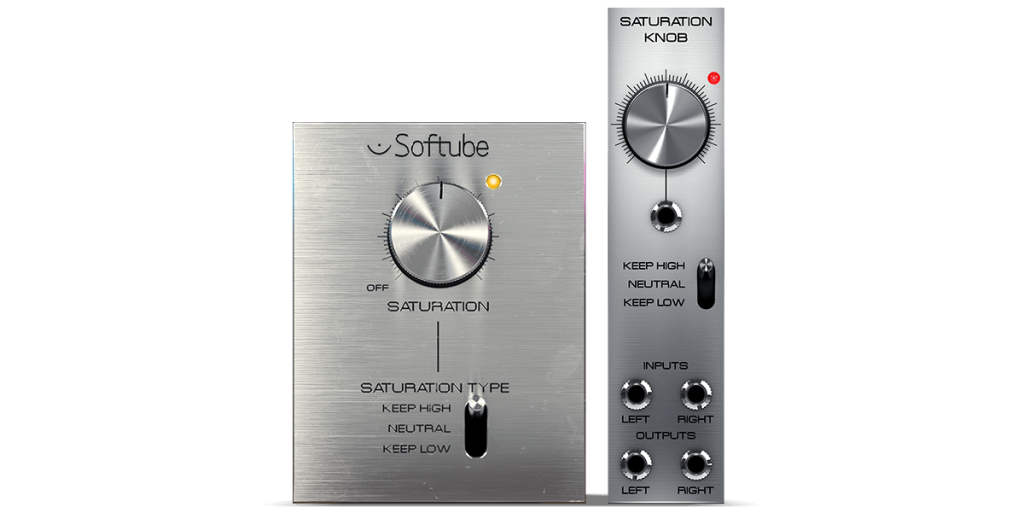
[elementor-template id=”10120″]
If you have not used this plugin before, you are missing out on a lot of cool features. Just like its name suggests, it is indeed a saturation knob.
Many other plugins that come with several knobs and options. But on this one, you get one huge knob, I, and three-stage button for choosing through the saturation levels. I would highly recommend this solution to a no-nonsense user.
It is a simple saturation plugin that is easy to use yet has everything you need to get incredible sounds. There is no recording you will do that will not come out as expected.
4. KlanghelmSDRR
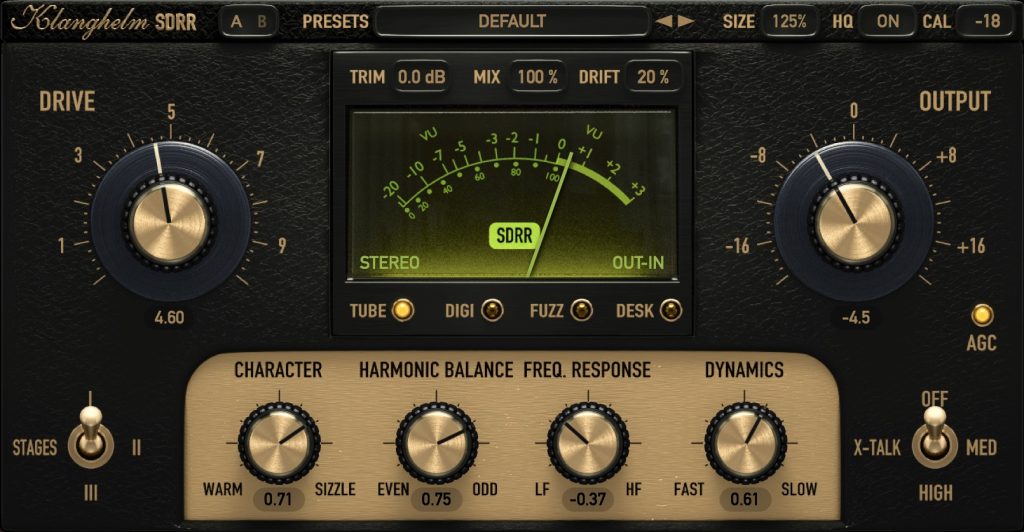
[elementor-template id=”10123″]
Are you looking for a saturation plugin that has lots of options? Try out Klanghelm’s SDRR. And the price is also very friendly.
There are four main types of saturation loaded in this plugin, which includes: Tube, Fuzz, Desk, and Digi. They are all different and give out varying sounds.
This means, whether you need mild saturation, or to connect the recordings to heavy distortions, this plugin has got you covered.
Besides, it is one of the simplest plugins you can use. It also supports most formats and DAW’s apart from offering wonderful sound. It is pretty nice getting such features at such an affordable price.
5. Fab Filter Saturn
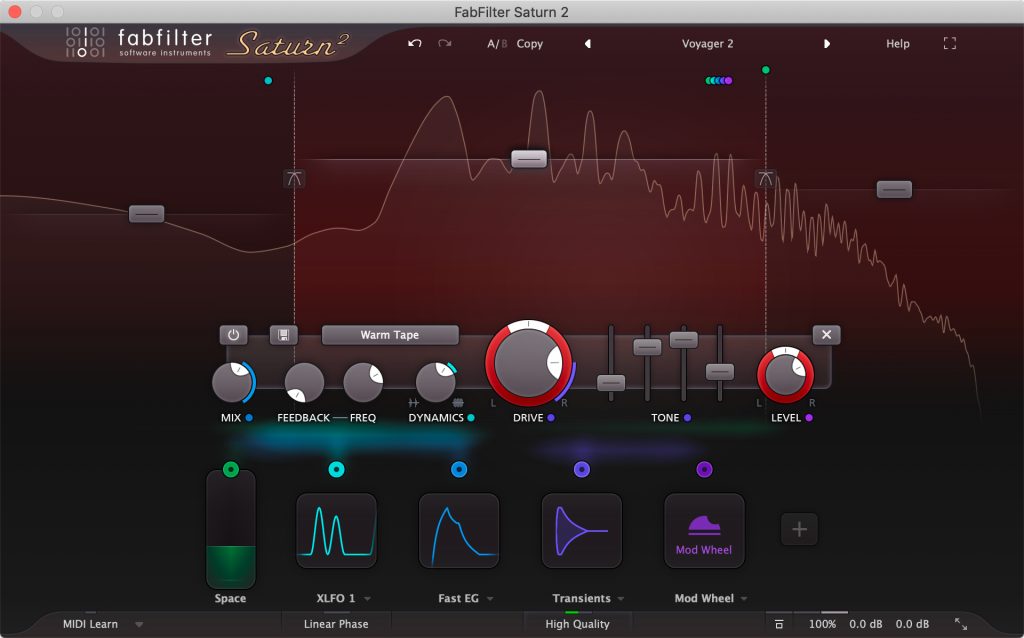
[elementor-template id=”10126″]
The Fab Filter Saturn is one of my favorite plugins. It comes with a professional design and is intended for professional application.
The software lets the user change between sixteen different saturations and distortions. You can get everything from tube, amp and tape sound to some custom tunes from the company.
It features a huge screen and control that ensure you get a beautiful graphic pathway for all you are doing live. The built-in modulator is a masterpiece, compatible with up to 50 simultaneous bands.
Unfortunately, it comes at a very high price, but not an issue considering the high-end features you get.
6. SknoteRoundtone
[elementor-template id=”10131″]
For those who love tape sound, you can use the SknoteRoundtone for that tape saturation effect. You will notice even the visuals and graphics are designed to look like a vintage tape recorder. This means the sound quality is among the best.
You get a large number of options that mimic working on an old-school tape machine. And there are more choices in sound tweaking.
For those who need a subtle tape saturation, look no further. And even though it is paid, anyone can afford it.
7. CamelCrusher
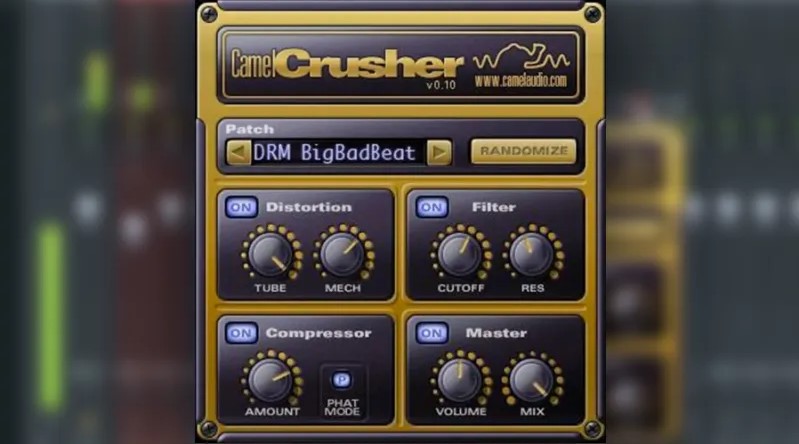
[elementor-template id=”10129″]
The CamelCrusher is one of the most popular plugins on the market today. And it is not just because it is free, but because it offers a wide range of functions. It provides distortion, compressor, and filter plugins altogether.
And even though it is free, do not assume the sound quality is any less. You will get high-quality audio with very easy steps.
8. ShatteredGlass Audio SGA1566
[elementor-template id=”10135″]
SGA 1566 by ShatteredGlass Audio is one of the most used free plugins too. It is designed to mimic a preamp, and it does it well.
One thing that makes this plugin very useful is its simplicity. While you don’t need any high-end knowledge to use the software, you are exposed to some of the cleanest tube preamps sounds the market can offer.
The only limitation is its high CPU usage. But this should not discourage you from getting a good plugin.
9. IZOTOPE/TRASH 2
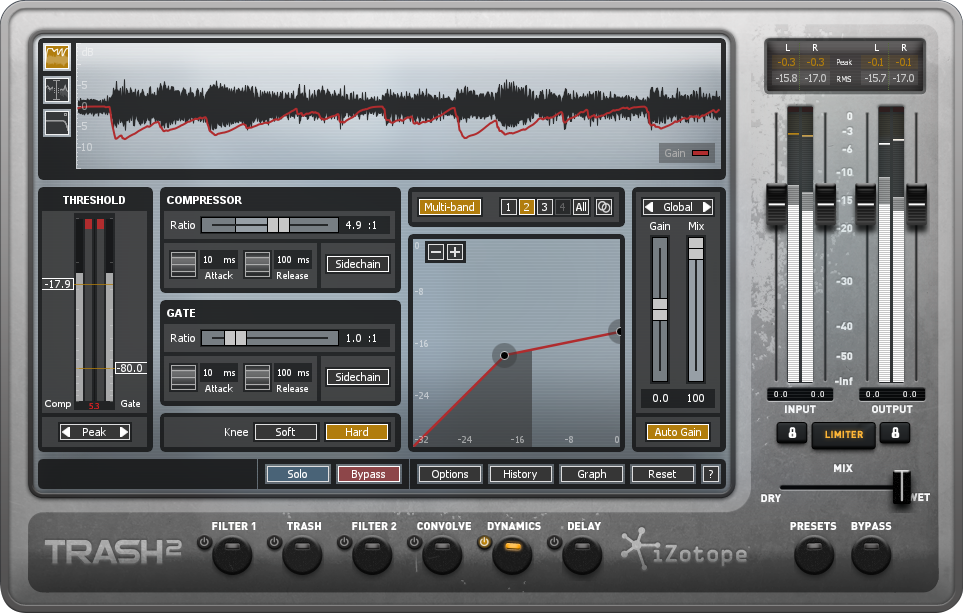
[elementor-template id=”10138″]
Trash 2 is perhaps one of the most advanced saturation plugins out there. It combines multiband processing, dual-stage distortion, and advanced post-filtering that will completely change your sounds. It features among the most versatile options today.
Offering more than 60 distortions with options to create your own, this software can be a dream-come-true for your processing.
10. Sonnox/Oxford Inflator
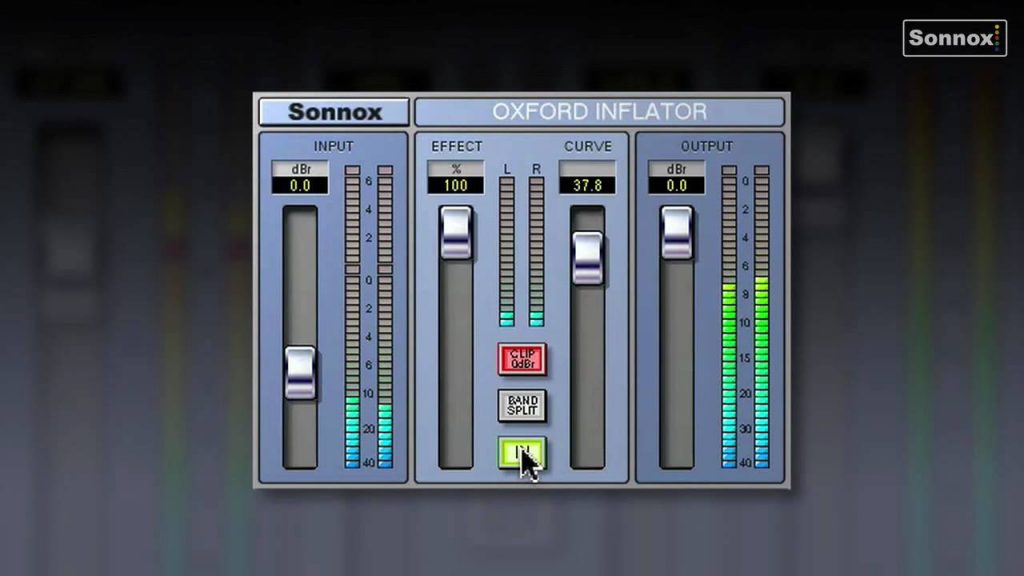
[elementor-template id=”10141″]
Think of the perfect secret weapon for audio pros, and Oxford Inflator should be on your list. It comes with sound increment functions on the original signal that does not change the sound quality or dynamic range.
The plugin is among the best effects plugins offering louder mixes without problems that come from compressors.
Conclusion
There are so many saturation plugins on the market today. However, not all of them will give you what you are looking for in audio quality. This means you need to check out the best solution before installing any on your computer.
I hope this list has been helpful in getting you started. If you cannot afford the high-end, expensive plugins, even free tools can just be as useful.



